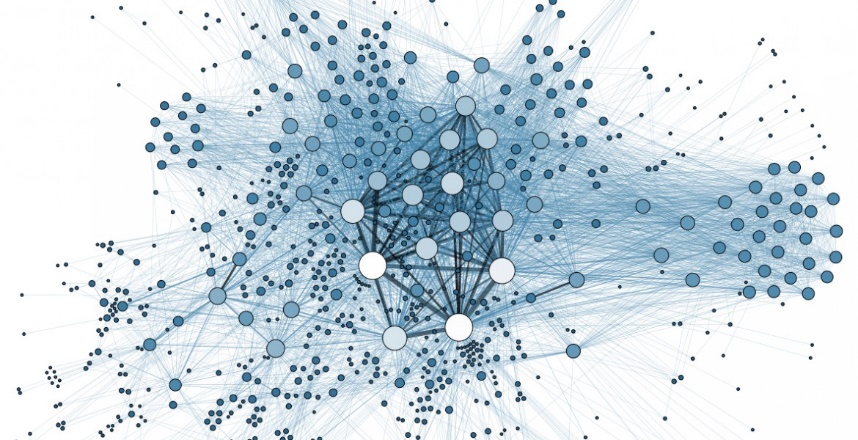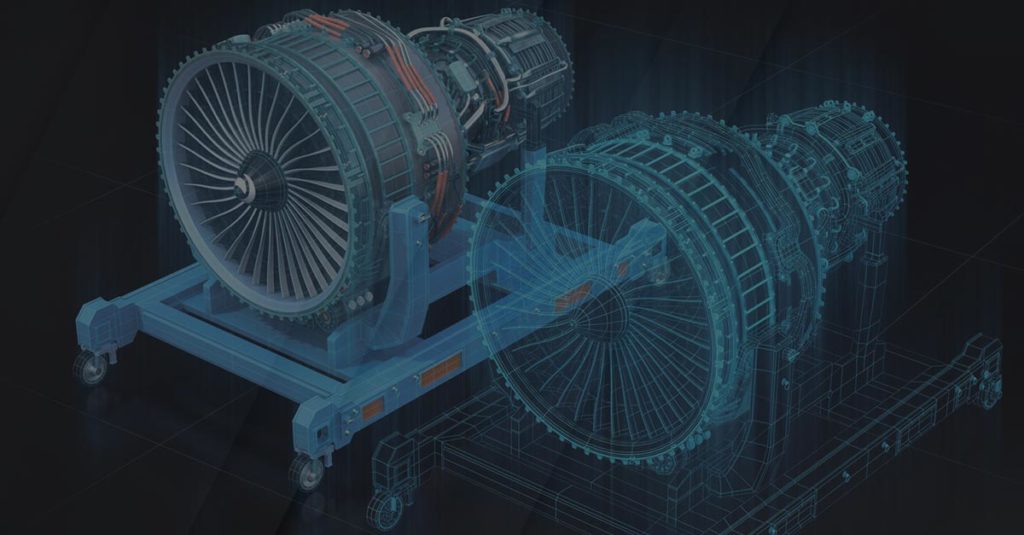The digital twin technology unites the physical and digital worlds, Matrix style, and in this article we will delve into its universe and its most promising applications.

What is the Digital Twin technology?
In its simplest form, a digital twin is a virtual replica of a physical product, process or system.
Digital twins act as a bridge between the physical and digital worlds by using sensors to collect real-time data about a physical item.
This data is then used to create a digital duplicate of the object, allowing it to be understood, analyzed, manipulated and optimized. All digitally.
Other terms used to describe the digital twin technology over the years are: virtual prototyping, hybrid twin technology, virtual twins and digital asset management.
Although digital twins have been around for several decades, it has been thanks to the rise of IoT that they have been considered as a tool of the future in Industry 4.0.
And also thanks to artificial intelligence (AI) and machine learning (ML) to gather data. This allows organizations to test new ideas, discover problems before they happen, get answers and monitor objects/processes remotely.
Is “digital twin” just a trendy term?
The term digital twin is popping up everywhere and is here to stay. According to Gartner research, many organizations that use IoT are also using or plan to use digital twins.
75 percent of organisations implementing IoT already use digital twin technology or plan to do so within a year.
The only difference is how this technology is implemented.
Today’s digital twin technology integrates sophisticated sensors, AI and machine learning.
With this, companies are able to keep their facilities running smoothly and stay ahead of any problems that arise in their supply chain.
And digital twins are evolving from digital representations of individual elements to models of interconnected systems of things.
Thus, more companies see technology as an opportunity to orchestrate people, processes and things in a sophisticated way.
This, of course, generates better business results and great benefits for all.
How is digital twin technology used?
Digital twins were traditionally used to improve the performance of individual assets, such as wind generators or jet engines.
In recent years, however, they have become more sophisticated.
Now, they connect not just one object, but systems of objects or even entire organisations.
As they gather more and more assets and combine them with information about processes and people, their ability to help solve complex problems also increases.
And this is one of the great benefits of digital twins: that they integrate with each other, and generate interrelated data.
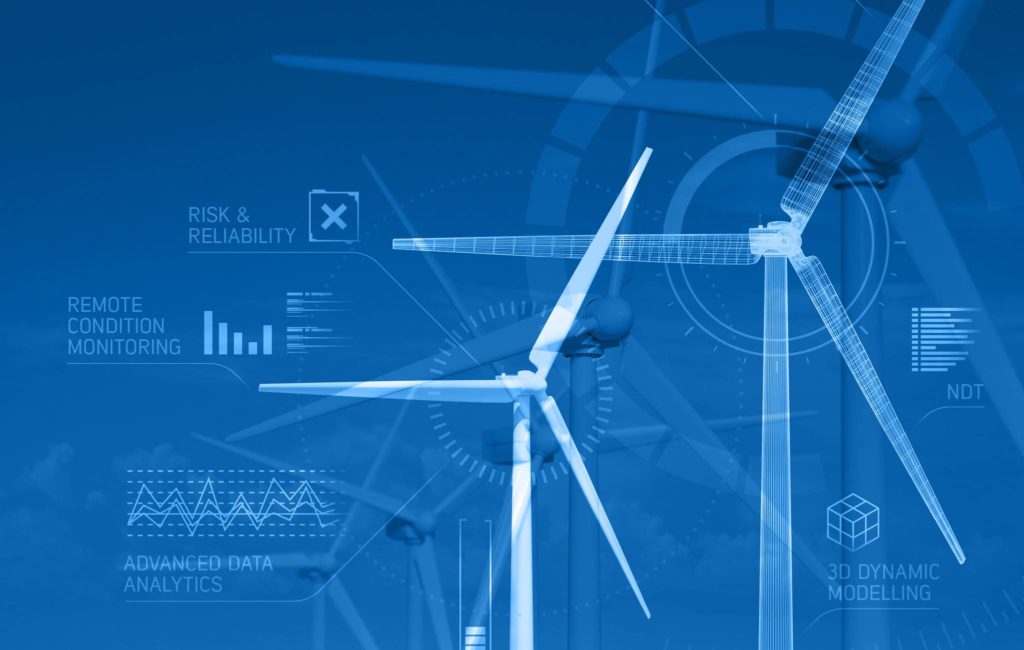
These are some of the applications of digital twins
Health sector
Digital twins in the healthcare sector are a good example of organizational use of this technology.
By digitally cloning a hospital, hospital administrators, doctors and nurses can obtain valuable real-time information about patients’ health and workflows.
By using sensors to monitor patients and coordinate teams and staff, they offer a better way to analyze processes and alert the right people at the right time when immediate action is needed.
As a result, emergency room wait times can be reduced and patient flow can be improved, reducing operating costs and improving the patient experience.
Aerospace
NASA was among the first organizations to employ digital twins.
They began using this technology to learn how to operate, maintain and repair systems remotely.
Today NASA uses digital twins to analyze data, monitor systems, prevent in-flight problems and much more.
And, of course, this is extensible to other industries that use transportation assets, such as aeronautics.
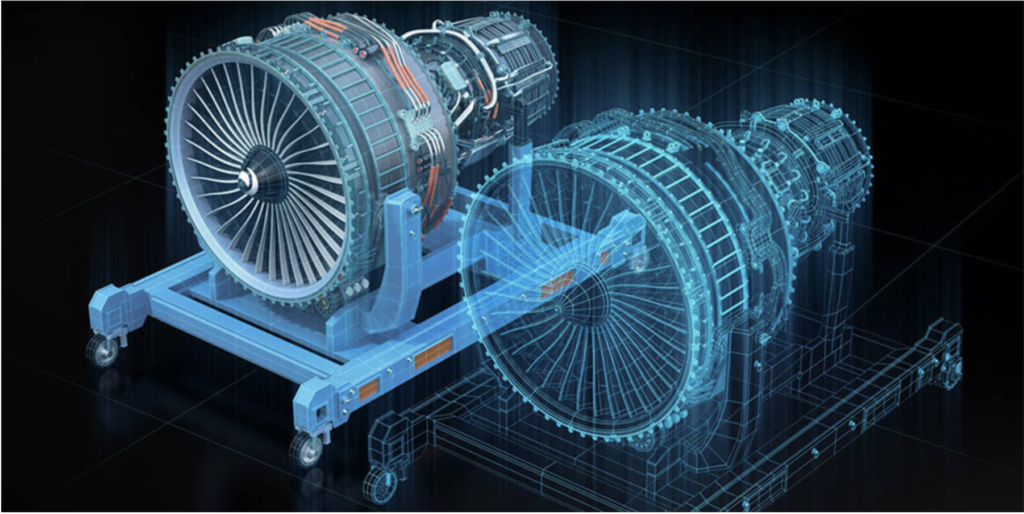
Manufacturing industry and digital twin use case
A digital twin in the manufacturing industry can help prevent machine failures, save energy, and reduce polluting emissions.
They are also used to optimise supply chains and improve distribution operations.
We tell you more about this and other use cases in this resource:
Energy sector
The digital twin technology makes it possible to analyse large amounts of data, especially in the oil sector, where digital models of wells can be produced to guide drilling efforts.
Smart cities
Some smart city initiatives use digital twin technology. Applications include traffic control, urban planning, and the planning and control of mobile network towers and solar panels.
Automotive industry
Digital twin technology is used to collect and analyze important data from vehicles to assess their condition in real-time and identify possible faults such as tire pressure or oil level.
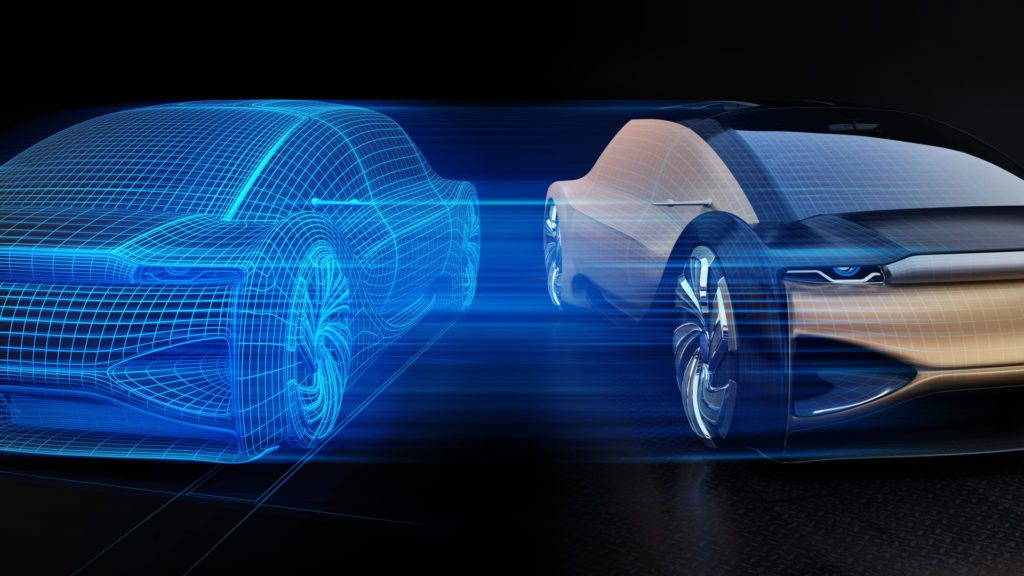
What is the future of digital twin technology?
The digital twin represents a business opportunity at the organizational level in our existing built environment.
For example, implementing digital twin technology in hospitals or commercial buildings offers the potential to create beneficial outcomes not only for building managers or owners but also for the people inside those buildings.
For companies and organisations already using IoT, digital twins are the next step in the digitisation journey.
They can be used to improve efficiency, optimise processes, detect problems before they occur and innovate for the future.
If your organisation is interested in producing not only better business results, but also better results for everyone, we recommend you contact neuroons’ team of digital twin and IoT experts.

